Fiscal Policy and Its Impact on Aggregate Demand and Supply
VerifiedAdded on 2020/05/11
|5
|890
|76
Essay
AI Summary
The essay delves into fiscal policy, specifically its role in influencing aggregate demand (AD) and aggregate supply (AS) within an economy. It uses the context of the United Kingdom’s increasing budget deficit and living standards challenges to illustrate these concepts. Fiscal policies are categorized as either expansionary or contractionary, affecting budget deficits by altering government spending and taxation levels. The essay discusses how fiscal policy impacts AD directly through changes in consumption, investment, government expenditure, and net exports, while its effect on AS is more indirect. It further explores the macroeconomic implications of shifting fiscal policies, noting that increased government spending or reduced taxes boost both AD and AS. Conversely, decreased spending or higher taxes may reduce these aggregates. The conclusion highlights fiscal policy's role in stabilizing economic growth amidst challenges like inflation and unemployment.
1 out of 5
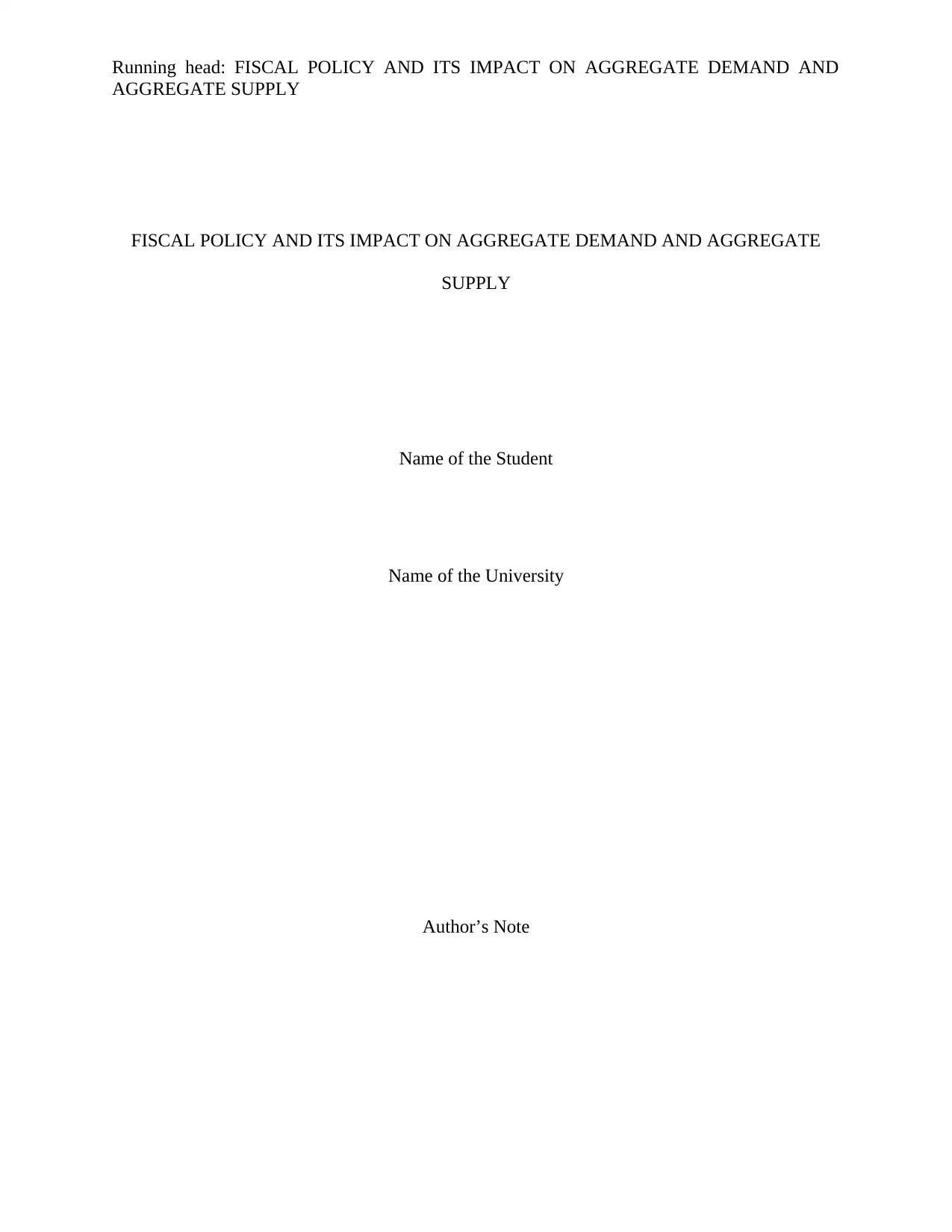
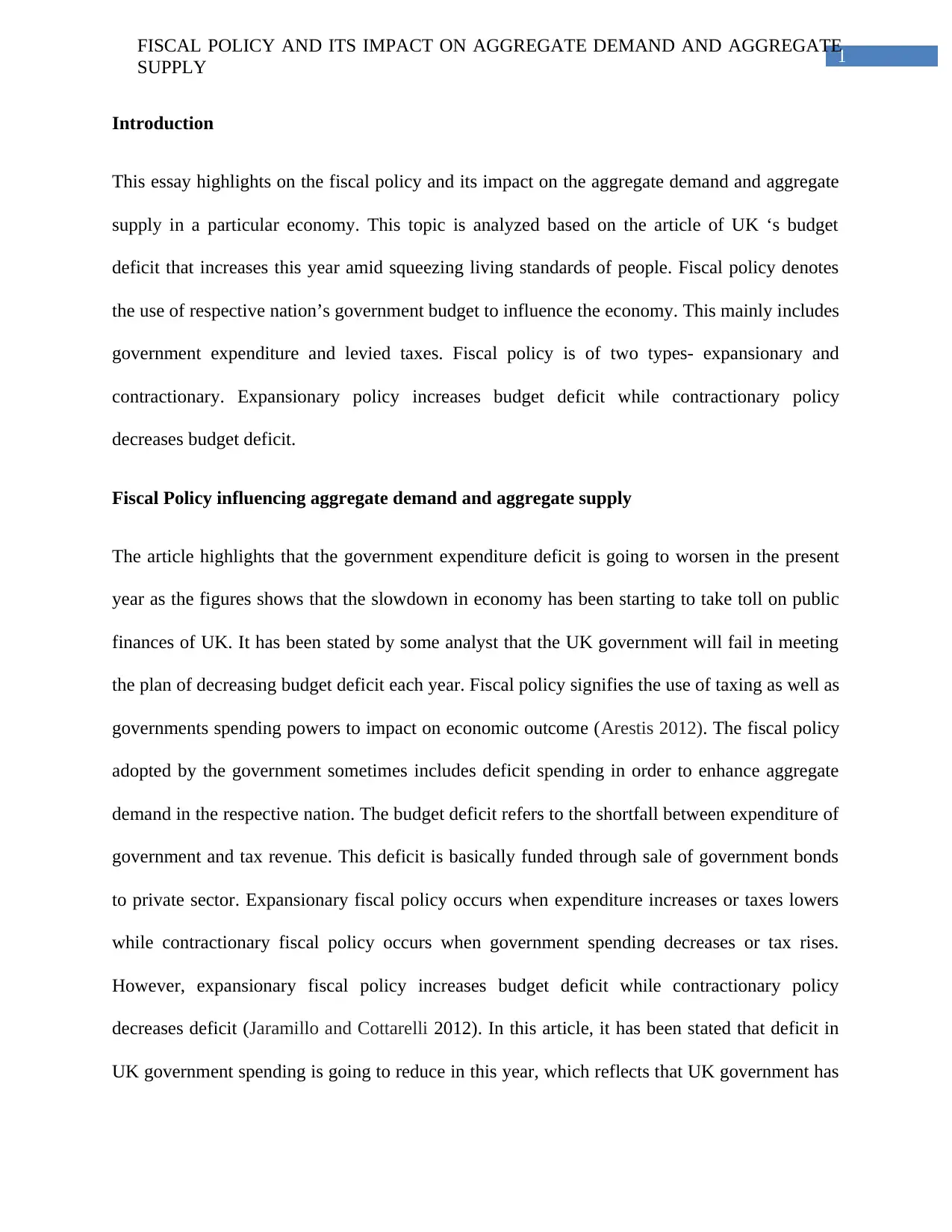
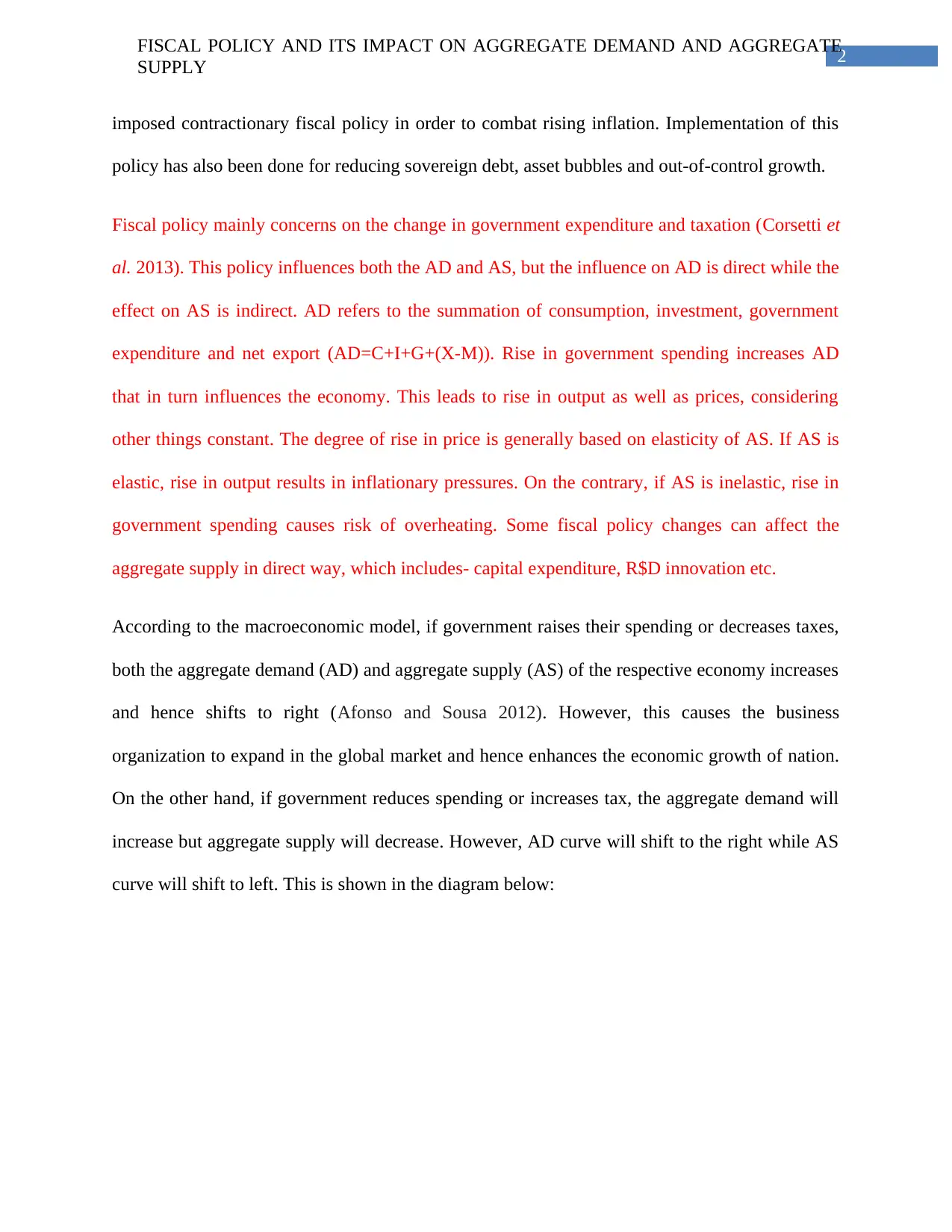

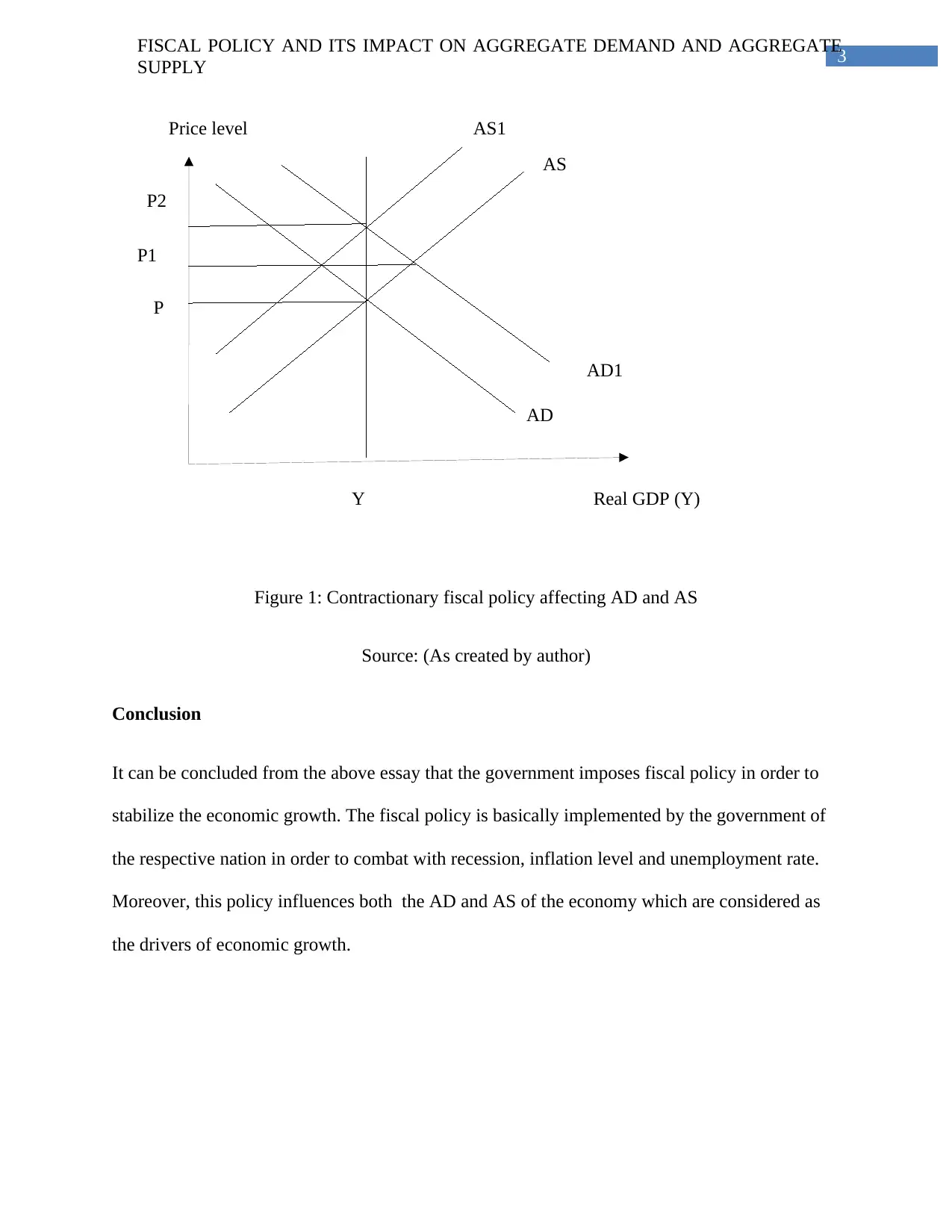
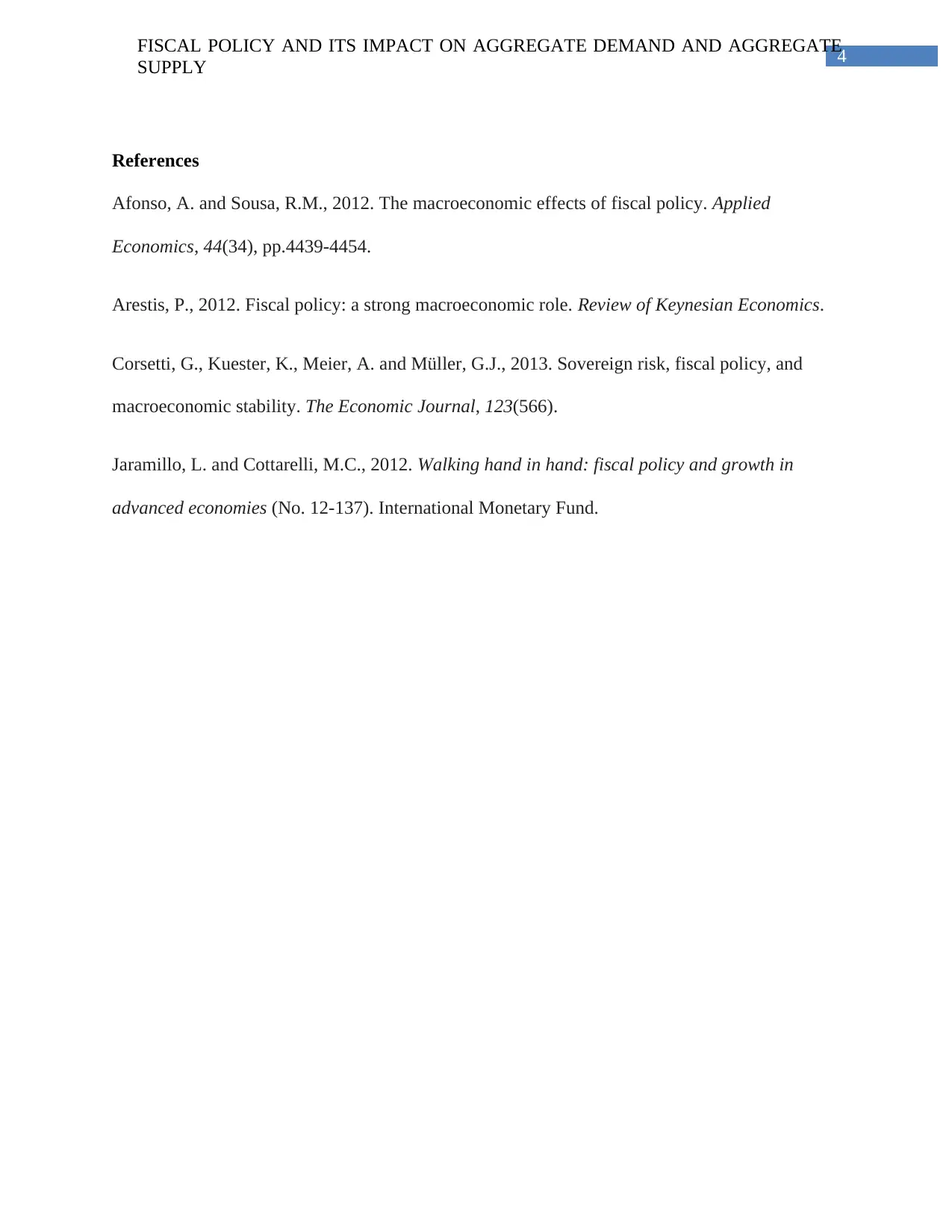






![[object Object]](/_next/static/media/star-bottom.7253800d.svg)